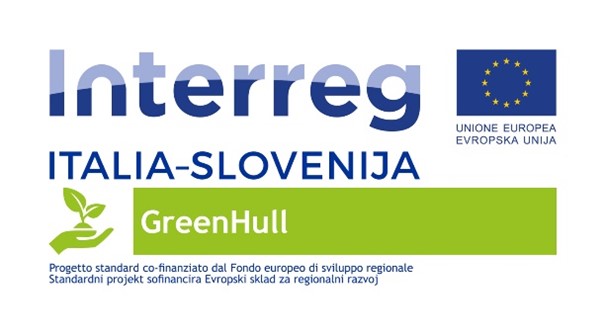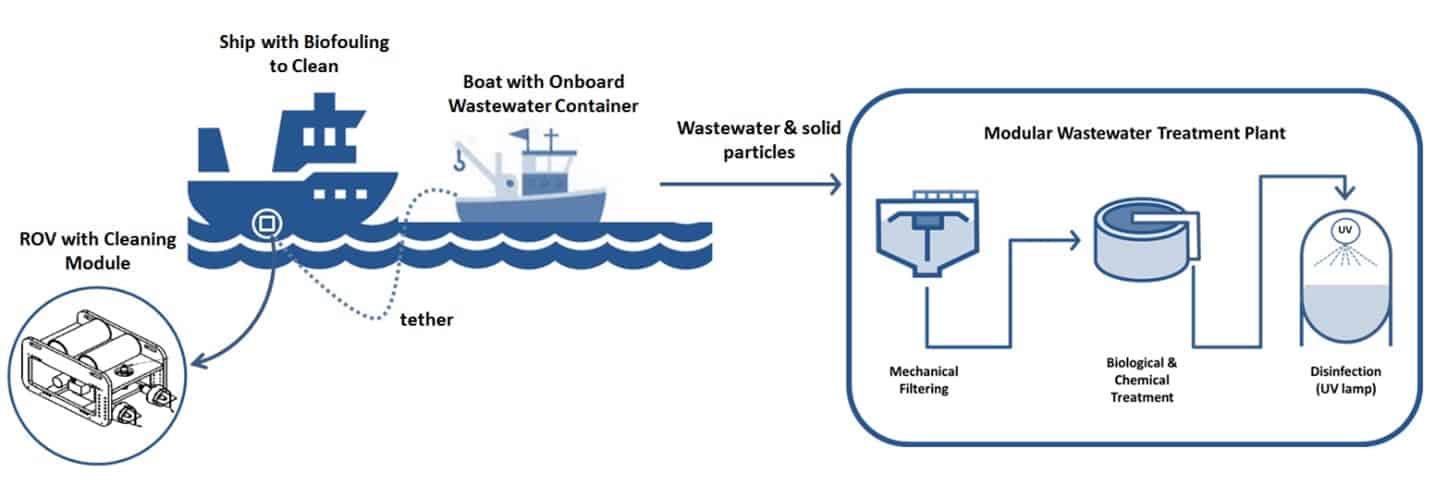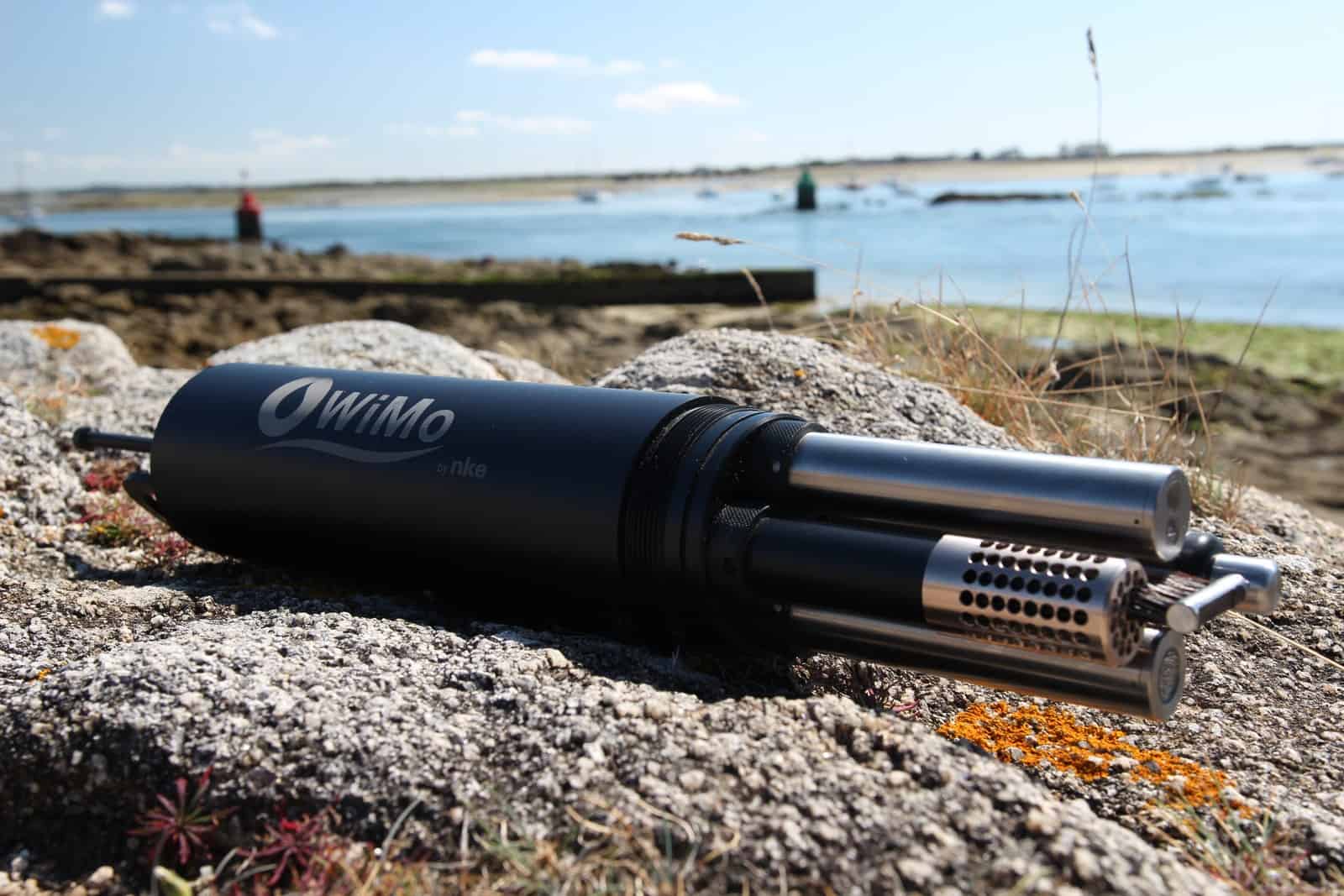GREENHULL PROJECT
Green technologies for ecological in-water hull cleaning in the Northern Adriatic Sea
What is the ecological background of the GreenHull Project?
The North Adriatic Sea is an important area of the Interreg V-A Italy-Slovenia Programme 2014-2020 as it includes the main ports of the North Adriatic (Trieste, Koper, Venice), shipyards (Monfalcone) as well as, on the other hand, marine protected environments with rich biodiversity. Since the economic and strategic position of the ports, the area is subject to intense naval traffic and therefore to possible pollution and environmental degradation. Ships arriving from world ports pose a threat to the local habitat, including biological fouling on the hull of ships. In addition to the introduction of alien species, an important pollution factor is also given by the passage of dangerous chemicals from ship’s paints into the marine environment.
What is the aim of the GreenHull Project and where does it take place?
In a nutshell, the GreenHull projects aims to improve environmental protection by developing innovative green technologies for in-water hull cleaning in addition to effective cross-border management of the produced wastewater and waste arising from the hull cleaning procedure in the Northern Adriatic Sea.
Who are the main actors of this green ecological project and when did it officially begin?
The GreenHull project is supported by the Interreg V-A Italy-Slovenia Cooperation Programme funded by the European Regional Development Fund. The biennial project started in March 2020 and involves partners with experience and knowledge in various fields:
- MPS (SI) – a higher education institution – is responsible for the development of the underwater robot and sensors;
- NIB (SI) – institution that studies the sea and monitors its quality – is responsible for monitoring and biological analysis of the marine environment;
- ESOTECH (SI) – company for development and implementation of environmental solutions and power technologies – is responsible for design and development of the wastewater treatment plant and waste management solutions;
- CORILA (IT) – consortium for managing research activities in the Venice Lagoon system – is responsible for dissemination, communication with public and political actors;
- COMET (IT) – cluster representing the entire Mechanical Sector of Friuli Venezia Giulia – is responsible for the development of the in-water hull cleaning module.
What kind of equipment is used for this project?
The GreenHull project involves several innovative approaches in order to successfully accomplish its mission. It will use a boat with an onboard wastewater treatment plant that will be connected to the underwater robot equipped with the hull cleaning module and multiparameter probes in order to collect environmental data. The wastewater treatment plant consists of three different modules:
- Module 1: mechanical filtering
- Module 2: biological and chemical treatment
- Module 3: disinfection (UV lamp)
What is the role of the NKE Instrumentation in this project?
As you can see on the following figure, the boat with the onboard wastewater treatment plant will retrieve wastewater thanks to the underwater robot equipped with the hull cleaning module and connected to the boat by a tether. This remotely operated underwater vehicle (ROV) is also equipped with the NKE multiparameter probes: the WiMo. The WiMo probe is entirely designed and manufactured by the NKE Instrumentation. It will monitor the water quality thanks to its versatility as it can be integrated on any platform – ROVs for example.
This solution is the result of a strong and close partnership between NKE Instrumentation and the Italian company MEPECO. MEPECO recommended the NKE in-water monitoring probes in the GreenHull project. In a few words, MEPECO focuses on technology designed for extreme conditions, challenging the most prohibitive environments from the Polar Regions to the most inaccessible deserts.


